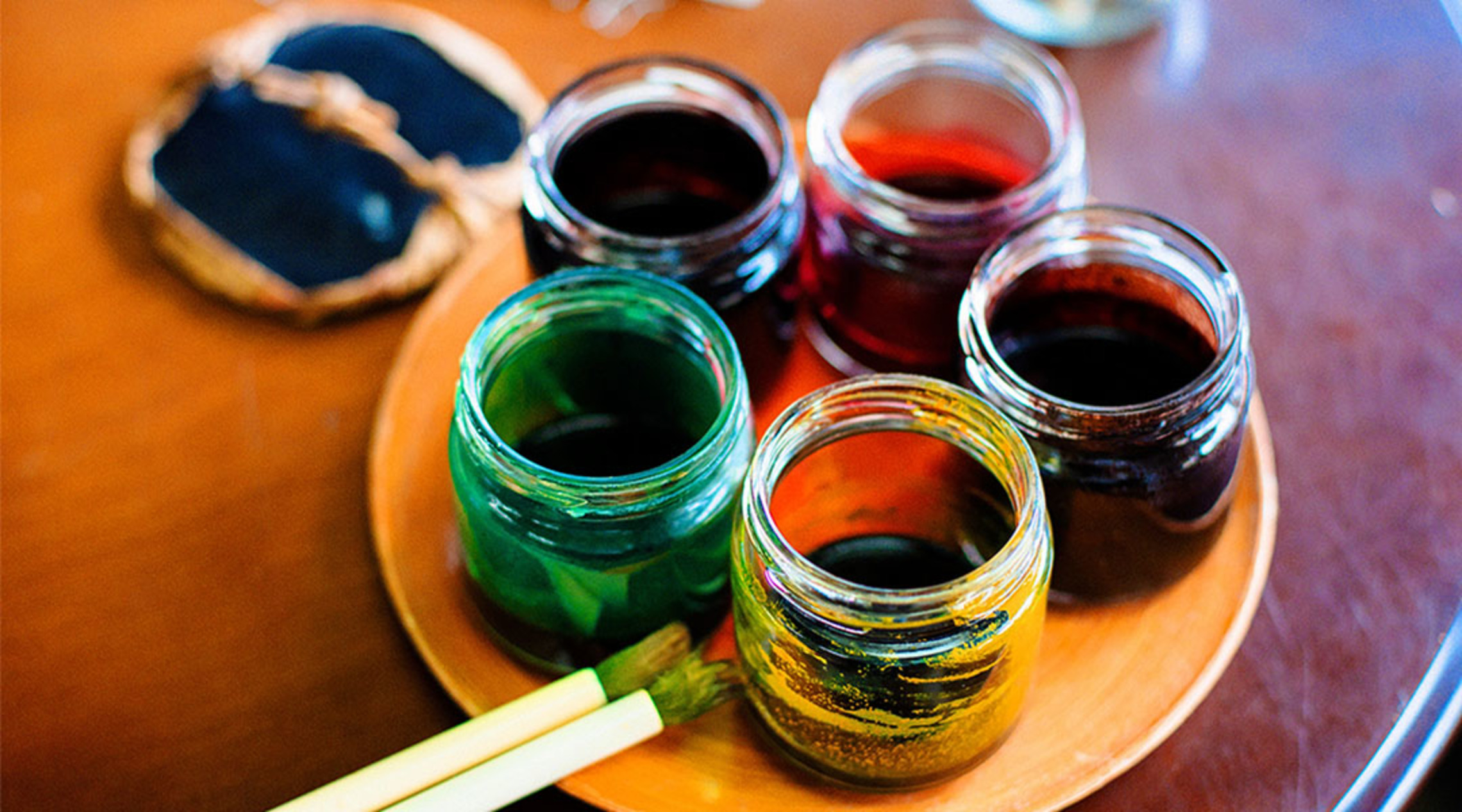Within walking distance of one of Japan's best-loved tourist attractions - Hida Folk Village, an open-air museum made up of thirty original old farmhouses, each representative of a traditional Japanese mountain region architectural style - in the Takayama suburbs, in a small shop Hiroko Tanaka and her husband carry on the traditional making of Takayama dolls.















